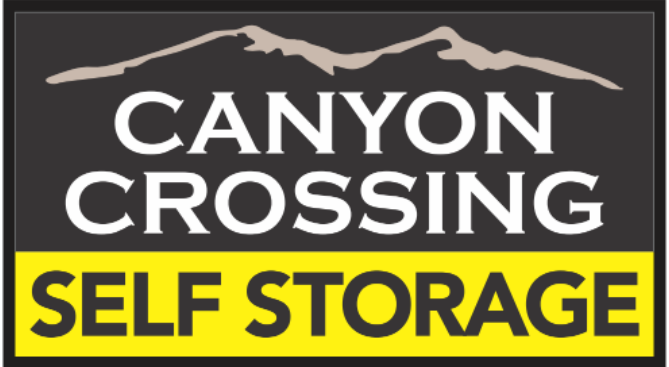Sizing It Up: How to Figure Out What Size Storage Unit You Need
After researching self-storage facilities in your area and doing no small end of soul-searching, you’ve decided that self-storage is for you. At this point, you’ve committed to the idea of storing belongings outside your home. You’re ready to make the financial commitment and to trust professionals with the safekeeping of your cherished possessions. It seems like the hard part should be over, but now you’re faced with selecting the size of the unit that you would like to rent. This factor alone can determine what facility you will be giving your business and your monthly payment. Rent a unit that’s too small and you have wasted time, money and energy. You could err on the side of caution and opt for a larger unit, but then you throw away money when a smaller unit would have done nicely. How do you even estimate what size storage unit you need in the first place?
These days, storage facilities that are serious about their business provide a storage calculator on their website, Canyon Crossing being one such facility. Still feel like you need a little further guidance? Consider these tips and tricks from our facility to figure out the size of the storage unit that you need to safely house your belongings.
Step 1: Make an Inventory Before you search for storage near you, make a list of all the items that you need to store. Creating an inventory, whether it be mental or physical, will help you to gain a clearer picture of exactly how much you will be putting away. You might even change your mind about what items you would like to keep. A written inventory also makes it easy when it comes time to access your belongings, as you will know exactly what you have and where to find it, depending on how detailed you make your list.
Step 2: Pack Smart packaging is the chief way of ensuring your belongings’ safety in storage and maximizing your storage space. For smaller more delicate possessions, always opt for airtight storage totes, which lock out moisture and have the added benefit of coming in standard sizes made for stacking. We advise avoiding cardboard boxes, which often fail to protect against insects, dust and humidity, therefore leading them to deteriorate more quickly than the superior sealable plastic bins. When placing items into their storage containers, try to fit in as many items as possible without overcrowding or risking the integrity of the items within.
Larger items, like furniture, mattresses or appliances, can be a bit more tricky to pack properly for convenient storage. That’s why we recommend prepping large items to meet their unique storage needs and then planning your storage around them. Thoroughly clean all big items before placing them into storage. For protection against dust, cover with a sheet. If you are storing in a unit without climate control, take added measures against the elements by placing large pieces on a tarp or sheet to keep off of the floor.
Step 3: Measure Once you have safely packed your belongings and prepared any larger items, there are a few different ways of calculating your storage unit needs. For the most ease, check out the Storage Calculator on our website. If you’re looking for something a little more hands-on, measure your belongings for their volume in cubic feet, the amount of space that each item will ultimately occupy.
To find the volume use the following formula: Length x Width x Height = VolumeFor this formula, it does not matter what side of an item that you decide to assign as its length, width or height, only that you choose a different dimension for each. The volume for a box measuring 2 ft. in length, 2 ft. in width and 2 ft. in height could be measured like this: Length x Width x Height = Volume 2’ x 2’x 2’ = 8 ft³Thus, the box would take up a total of 8 cubic feet.
These measurements alone do not give you a practical plan for how you will store, but they do help you to estimate how much space you will need in the end. Remember that your belongings might take up slightly more space than you estimated, especially if those items have unconventional dimensions and do not fit into a standard storage bin or box. It’s always a good idea to rent a unit with slightly more space than you think you will need, which will also give you room to freely navigate your unit and make your things more accessible.
Still having difficulty choosing the size that you need? Here at Canyon Crossing, we strive to make every aspect of your self-storage experience as hasslefree as possible. That’s why our site includes an interactive storage calculator to help you gauge the unit that will best address your storage needs with us. Bringing you units ranging from 5’ x 5’ to 10’ x 30’, all at rates that you can afford, we are excited to be your hometown storage facility. Go online today to try our free storage calculator and to book your unit!
